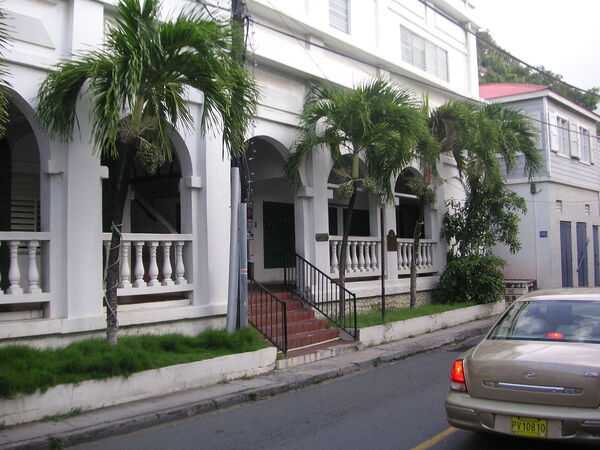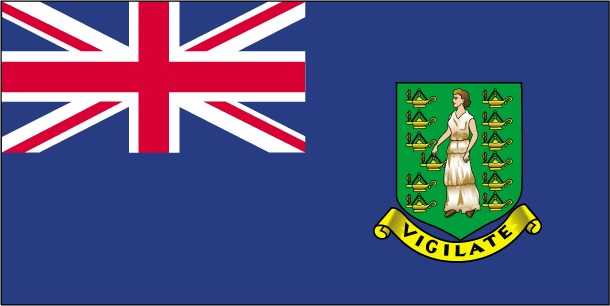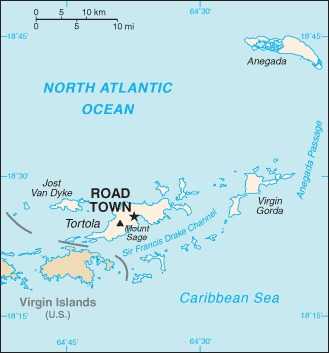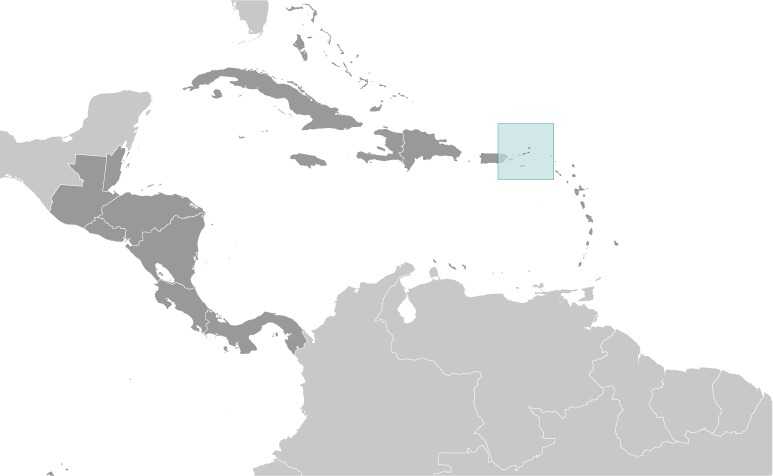Introduction
Visit the Definitions and Notes page to view a description of each topic.
Geography
People and Society
Population
comparison rankings: total 213; male 213; female 212
Median age
comparison ranking: total 74
Population growth rate
comparison ranking: 47
Birth rate
comparison ranking: 168
Death rate
comparison ranking: 183
Net migration rate
comparison ranking: 4
Infant mortality rate
comparison ranking: total 105
Life expectancy at birth
comparison ranking: total population 57
Total fertility rate
comparison ranking: 213
Education expenditure
comparison ranking: Education expenditure (% GDP) 172
Environment
Carbon dioxide emissions
comparison ranking: total emissions 203
Government
Economy
Real GDP (purchasing power parity)
comparison ranking: 200
Real GDP per capita
comparison ranking: 58
Inflation rate (consumer prices)
comparison ranking: 169
Energy
Electricity
comparison rankings: installed generating capacity 190; consumption 191; transmission/distribution losses 18
Energy consumption per capita
comparison ranking: 74
Communications
Telephones - fixed lines
comparison ranking: total subscriptions 171
Telephones - mobile cellular
comparison ranking: total subscriptions 210
Broadband - fixed subscriptions
comparison ranking: total 190
Transportation
Merchant marine
comparison ranking: total 137




